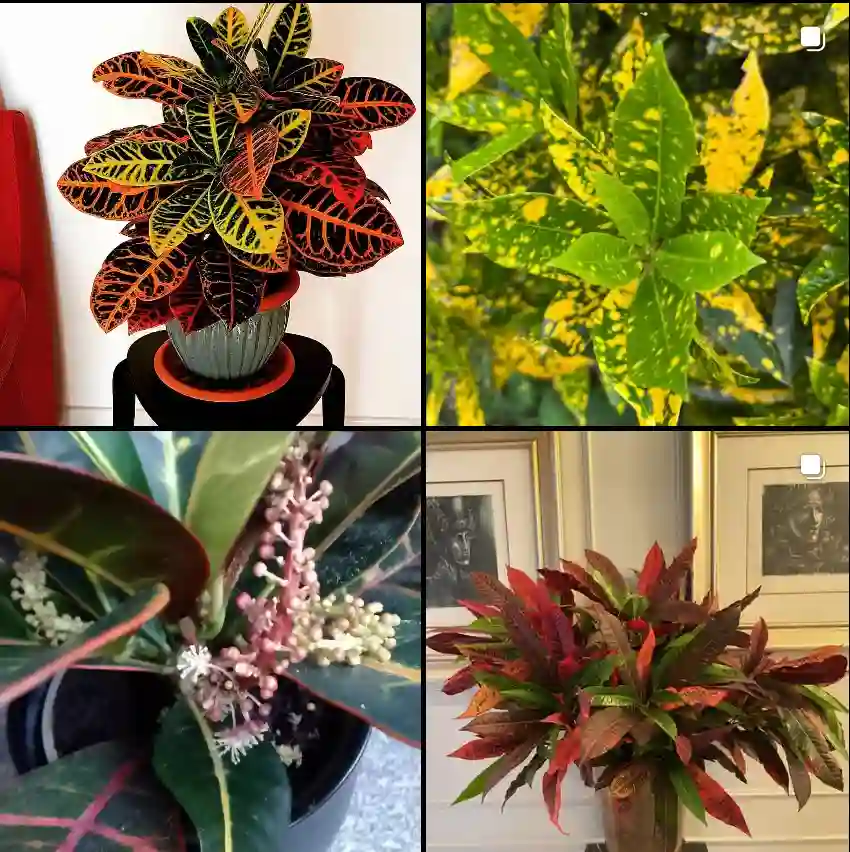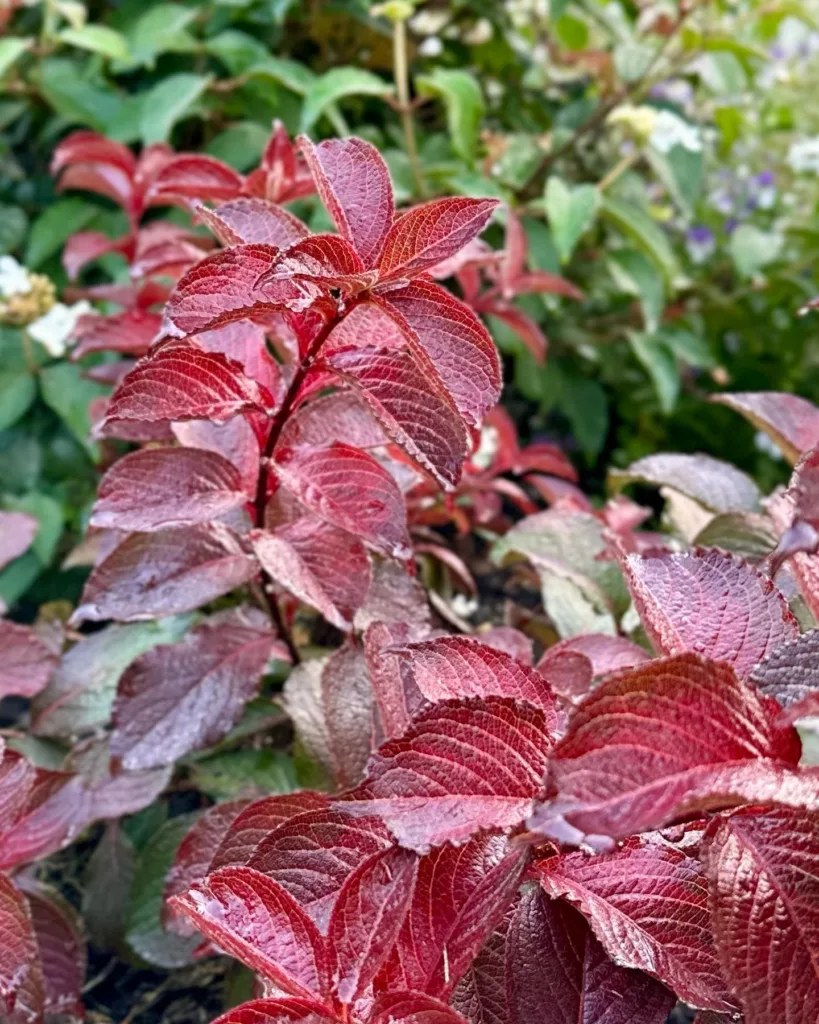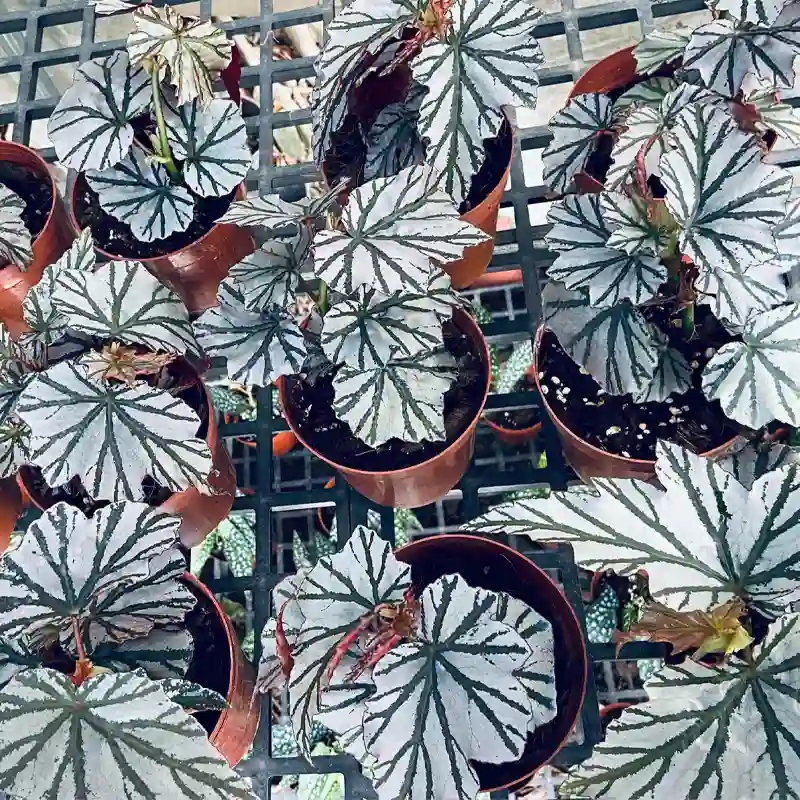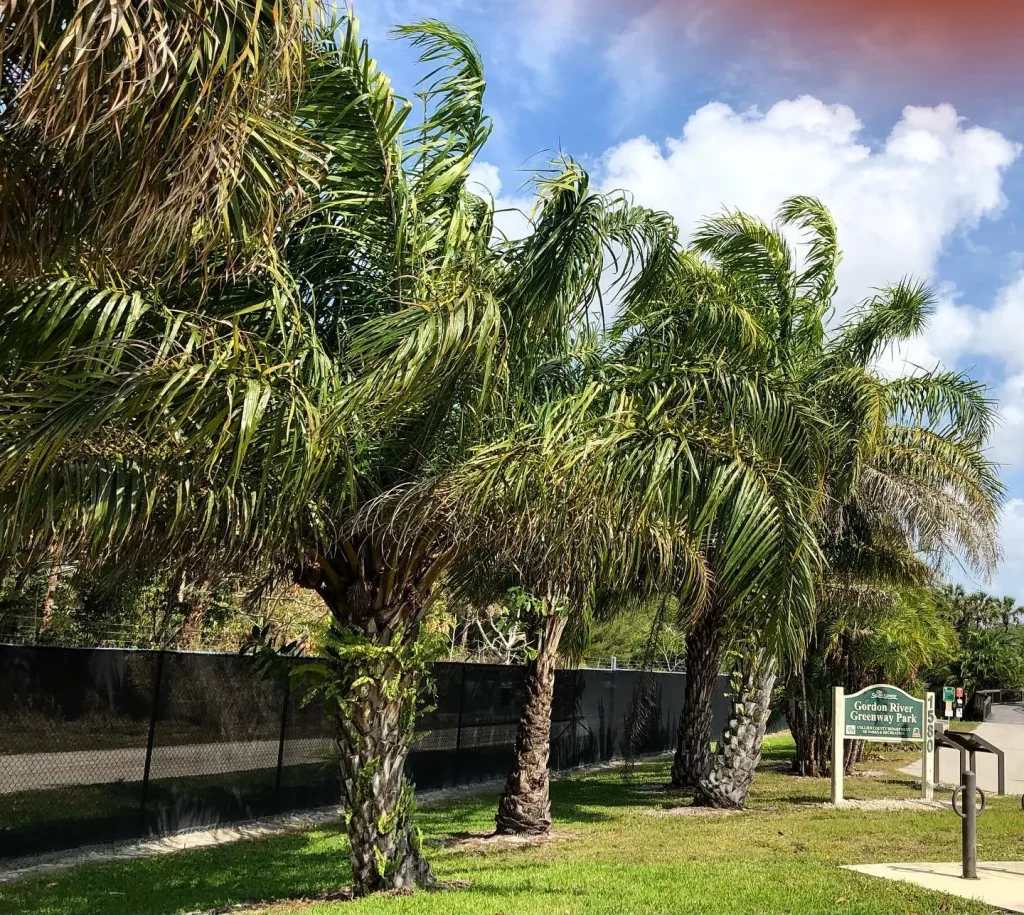Unveiling the Undulata Hosta: A Shade-loving Charmer for the Garden
As a plant enthusiast, I’m always drawn to foliage that adds a touch of elegance and texture to a garden. The Hosta, with its diverse varieties, never fails to impress. Recently, the Hosta Undulata has captured my attention. Its unique wavy leaves and shade tolerance make it a perfect candidate for those underutilized corners of the garden. Let’s delve deeper into this fascinating shade-loving perennial.
31 Species in Genus Hosta
What is Hosta Undulata?
The Hosta Undulata, also known as the Wavy-leaved Hosta, is a herbaceous perennial belonging to the Asparagaceae family. Originating in eastern Asia, it has become a popular choice for gardeners worldwide due to its attractive foliage and ease of care. The Undulata boasts distinctive wavy, blue-green leaves with a lighter green margin. These leaves grow in a clumping form, reaching a height of 12-18 inches and a width of 24-36 inches at maturity. In midsummer, delicate lavender flowers emerge on tall scapes, adding a touch of elegance to the lush foliage.
How Much Sun for the Undulata Hosta?
Unlike many flowering plants, the Undulata Hosta thrives in shade. In fact, too much sun can scorch its delicate leaves. The ideal location would be one that receives dappled sunlight for a few hours each day or consistent morning sun with afternoon shade. This provides the Undulata with enough light for healthy growth while protecting it from the harsh afternoon sun.
How to plant and care for Undulata Hosta?
The Undulata Hosta is a relatively low-maintenance plant, making it ideal for beginner gardeners. Here’s a quick guide to planting and caring for this shade-loving beauty:
- Soil: Rich, well-drained soil with plenty of organic matter is key. Amending the soil with compost or aged manure will provide the nutrients the Undulata needs to flourish.
- Watering: Consistent watering, especially during the first growing season, is essential. Aim to keep the soil consistently moist but not soggy. During hot, dry periods, you may need to water more frequently.
- Fertilizing: A balanced fertilizer applied in early spring can promote healthy growth. However, avoid overfertilizing, as this can encourage leaf scorch.
Dividing and Propagating the Undulata Hosta
The Undulata Hosta spreads slowly through underground rhizomes, making it easy to propagate by division. The ideal time for division is in early spring or fall when the soil is cool and moist. Here’s a simplified approach:
- Carefully dig up the entire clump of the Hosta.
- Using a sharp spade or knife, divide the clump into sections, ensuring each section has healthy roots and eyes (buds).
- Replant the divisions in prepared soil, water thoroughly, and keep them mulched for moisture retention.
Perfect Partners for the Undulata Hosta
The Undulata Hosta’s shade tolerance and textural foliage make it a versatile addition to various garden designs. Here are some ideas for companion plants:
- Ferns: Ferns, like the Japanese Painted Fern or Maidenhair Fern, add a touch of whimsy and complement the shade-loving nature of the Undulata.
- Heuchera (Coral Bells): Heuchera comes in a variety of colors and textures, creating a vibrant contrast with the Hosta’s blue-green foliage.
- Hakonechloa macra (Japanese Hakone Grass): This ornamental grass provides a cascading effect and adds a touch of movement to the shade border.
By combining the Undulata Hosta with these shade-loving companions, you can create a lush and visually captivating garden retreat.
The Undulata’s Undeniable Charm
The Undulata Hosta offers more than just beautiful foliage. Its shade tolerance allows gardeners to transform those forgotten corners into vibrant havens. The ease of care and ability to propagate make it a rewarding addition for gardeners of all experience levels. Whether you’re a seasoned plant enthusiast or just starting your gardening journey, the Undulata Hosta is sure to add a touch of serenity and elegance to your shady space.
If i die, water my plants!



